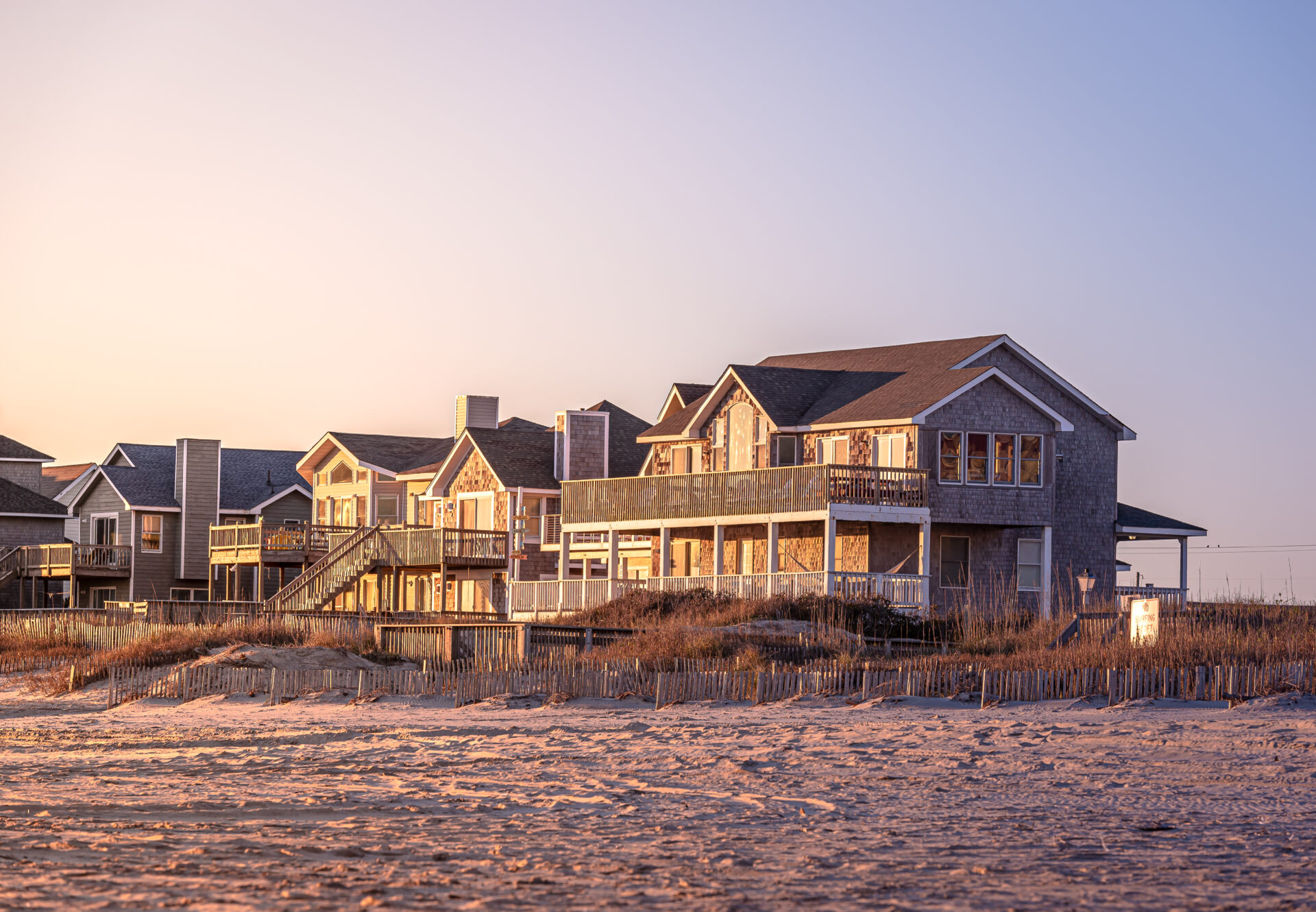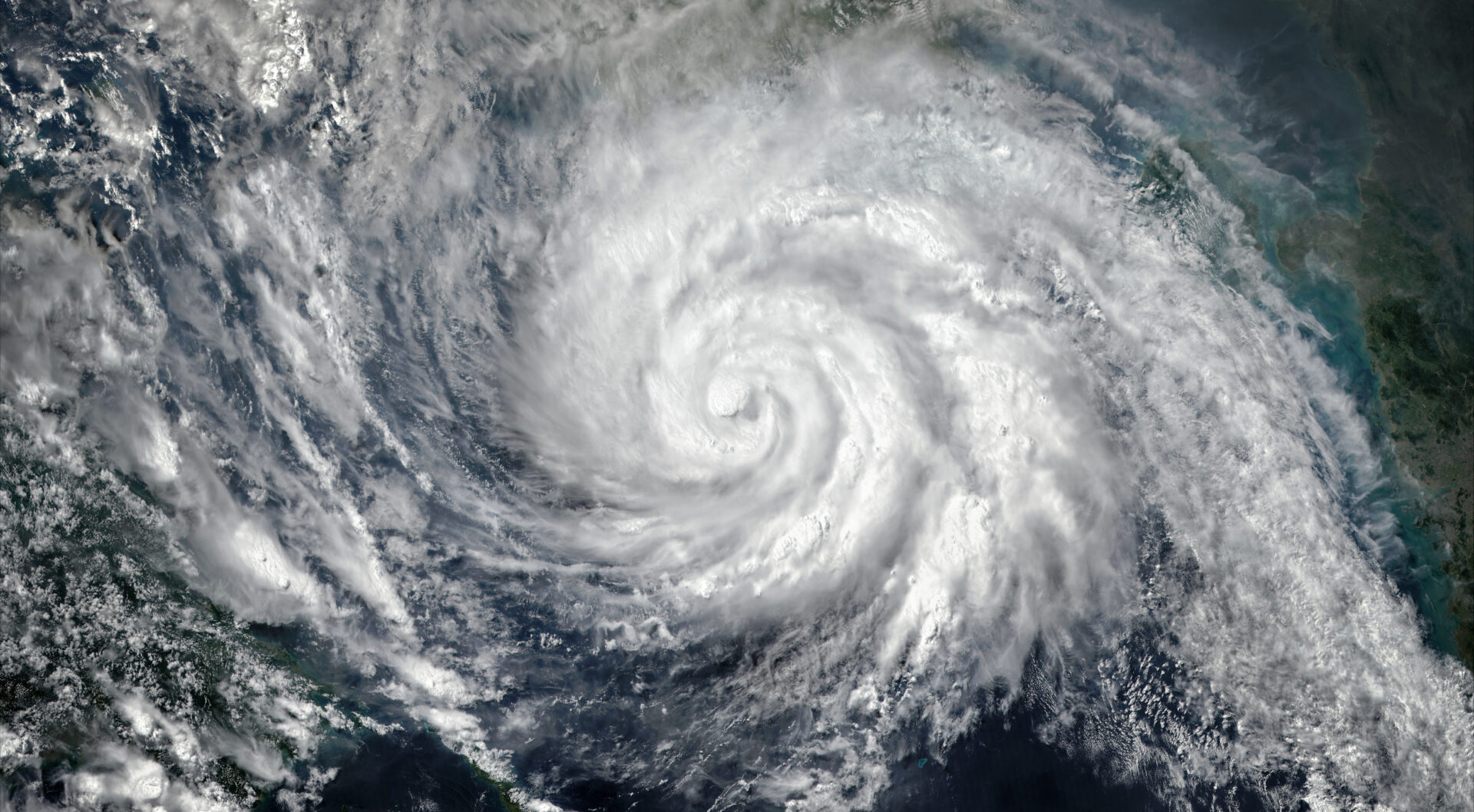
Outer Banks Home Collapses: Policy Debate
Another Outer Banks home succumbs to erosion, raising alarms about coastal policies.
Story Overview
- A beachfront house in the Outer Banks collapsed due to coastal erosion.
- Drone footage highlights the increasing risks faced by coastal properties.
- The event renews discussions on coastal management and property rights.
Outer Banks Home Collapse Sparks Policy Debate
The recent collapse of a beachfront house in the Outer Banks, North Carolina, has intensified discussions on coastal management policies. The incident, captured by drone footage during a high tide on September 16, 2025, illustrates the ongoing challenge of coastal erosion exacerbated by climate change. The footage was quickly disseminated across social media and news outlets, drawing attention to the vulnerability of coastal properties in the region.
This collapse is the latest in a series of similar incidents that have plagued the Outer Banks, a region already losing significant land to the ocean. With areas eroding at rates of up to 6 feet per year, the issue is compounded by rising sea levels and increased storm activity. Despite warnings from scientists, development continues in high-risk zones, further complicating the situation.
This oceanfront home collapsed into the ocean, leaving behind more than a mile of beach debris in Buxton, North Carolina. https://t.co/PgfmqQTPQj pic.twitter.com/4wP2v5mQyT
— The Weather Channel (@weatherchannel) September 17, 2025
Regulatory and Environmental Challenges
The Outer Banks are managed by a combination of local, state, and federal agencies, including Dare County and the National Park Service. These bodies face the complex task of balancing economic interests with public safety and environmental stewardship. Homeowners, directly affected by property loss, are caught in the tension between maintaining their investments and adhering to stricter regulations proposed by environmentalists and policymakers.
The National Park Service has reiterated the need for more stringent building codes and actively supports debris cleanup efforts to protect the area’s natural resources. Meanwhile, federal agencies like NOAA and the US Army Corps of Engineers provide crucial data and policy guidance, further emphasizing the need for coordinated action.
Watch the report:Outer Banks home collapses into the ocean, see the drone video
Implications for Homeowners and Local Economies
The implications of such collapses are profound, affecting property values, local economies, and the environment. Homeowners face financial loss and emotional distress, while the local economy could suffer from a decline in tourism and real estate investment. Environmental risks from debris threaten wildlife and beach access, putting additional pressure on local and state officials to revise coastal management policies.
Dr. Rob Young from Western Carolina University argues that without significant policy changes, such incidents will become more common. The debate over managed retreat versus engineering solutions continues, with some advocating for stricter regulations and buyouts to mitigate long-term risks.
Sources:
Another beachfront stilt house collapses into the surf on the Outer Banks
Another beachfront stilt house collapses into the surf on the Outer Banks – ABC News


